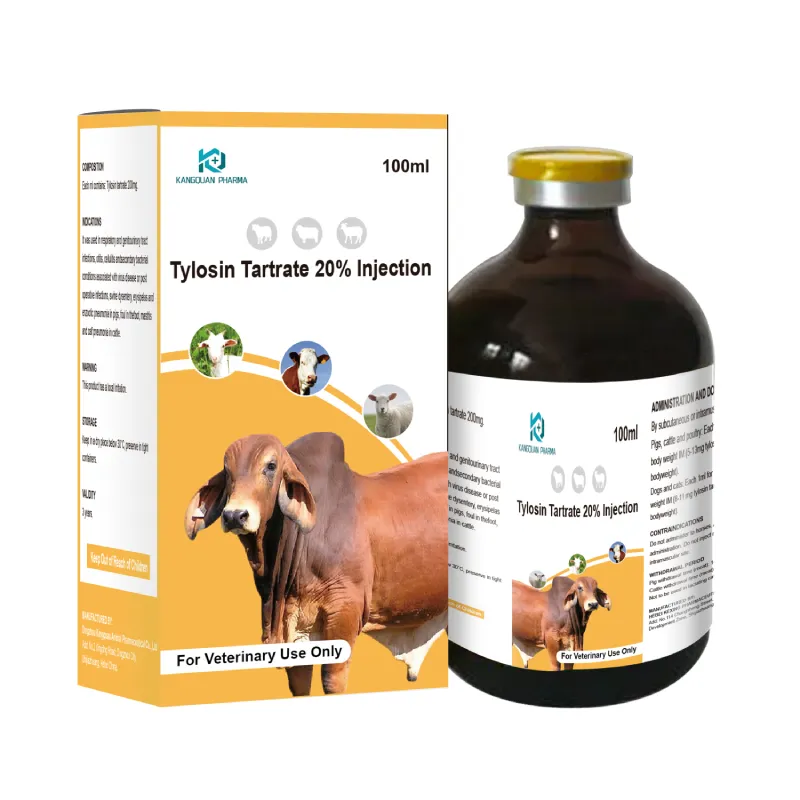- Afrikaans
- Albanian
- Amharic
- Arabic
- Armenian
- Azerbaijani
- Basque
- Belarusian
- Bengali
- Bosnian
- Bulgarian
- Catalan
- Cebuano
- Corsican
- Croatian
- Czech
- Danish
- Dutch
- English
- Esperanto
- Estonian
- Finnish
- French
- Frisian
- Galician
- Georgian
- German
- Greek
- Gujarati
- Haitian Creole
- hausa
- hawaiian
- Hebrew
- Hindi
- Miao
- Hungarian
- Icelandic
- igbo
- Indonesian
- irish
- Italian
- Japanese
- Javanese
- Kannada
- kazakh
- Khmer
- Rwandese
- Korean
- Kurdish
- Kyrgyz
- Lao
- Latin
- Latvian
- Lithuanian
- Luxembourgish
- Macedonian
- Malgashi
- Malay
- Malayalam
- Maltese
- Maori
- Marathi
- Mongolian
- Myanmar
- Nepali
- Norwegian
- Norwegian
- Occitan
- Pashto
- Persian
- Polish
- Portuguese
- Punjabi
- Romanian
- Russian
- Samoan
- Scottish Gaelic
- Serbian
- Sesotho
- Shona
- Sindhi
- Sinhala
- Slovak
- Slovenian
- Somali
- Spanish
- Sundanese
- Swahili
- Swedish
- Tagalog
- Tajik
- Tamil
- Tatar
- Telugu
- Thai
- Turkish
- Turkmen
- Ukrainian
- Urdu
- Uighur
- Uzbek
- Vietnamese
- Welsh
- Bantu
- Yiddish
- Yoruba
- Zulu
8 月 . 12, 2024 19:06 Back to list
Effective Disinfectants for Maintaining Hygiene in Horse Stables and Preventing Disease Spread
Disinfectants for Horse Stables Ensuring a Healthy Environment for Equine Care
Horses are magnificent animals, known for their strength, beauty, and companionship. However, like all animals, they are susceptible to diseases, many of which can spread rapidly in the close quarters of a stable. Therefore, maintaining a clean and hygienic environment is crucial for the health and well-being of these majestic creatures. One of the best ways to achieve this is through the use of disinfectants specifically formulated for horse stables.
The equine environment presents unique challenges when it comes to cleanliness. Stables can become breeding grounds for harmful pathogens, especially if not regularly disinfected. Bacterial infections, viral outbreaks, and parasitic infestations can significantly impede a horse's health and performance. Consequently, using effective disinfectants is an essential practice for stable management.
Disinfectants for Horse Stables Ensuring a Healthy Environment for Equine Care
Another critical aspect is the safety of the product for both horses and humans. Many traditional disinfectants contain harsh chemicals that can be toxic to equines and can irritate their respiratory systems. Therefore, it is advisable to select products that are specifically designed for use around horses. Many manufacturers produce eco-friendly and non-toxic disinfectants that offer effective cleaning without risking the health of the horses or the caretakers.
disinfectant for horse stables

In addition to the formula itself, the application method of the disinfectant also plays a vital role in its effectiveness. The entire stable, including stalls, tack rooms, and feeding areas, should be thoroughly cleaned before applying a disinfectant. This means removing all organic matter, such as manure, bedding, and feed residues, as these can inhibit the action of the disinfectant. After cleaning, it’s essential to allow the disinfectant to dwell for the recommended time to ensure optimal efficacy before rinsing or allowing horses to re-enter the area.
Regular disinfecting routines should be established to maintain a safe stable environment. This might include daily spot cleaning and weekly deep cleans, with additional attention given after any illness in the stable or change of season. During the peak of infectious disease outbreaks, such as the equine influenza season, more frequent disinfecting may be necessary.
Moreover, while disinfectants are a crucial part of stable hygiene, they should not be the only line of defense. Integrating other biosecurity measures, such as controlling visitor access, isolating new horses, and maintaining proper nutrition and vaccination schedules, can further enhance the overall health of the equine population.
In conclusion, the choice and application of disinfectants for horse stables are fundamental to the health and well-being of horses. By understanding the requirements for effective disinfection and implementing rigorous hygiene protocols, horse owners can ensure a safe and clean environment that minimizes the risk of disease and promotes the overall health of their equine companions. Investing in proper care and sanitation will undoubtedly lead to happier, healthier horses and a more thriving equestrian community.
-
The Power of Radix Isatidis Extract for Your Health and Wellness
NewsOct.29,2024
-
Neomycin Sulfate Soluble Powder: A Versatile Solution for Pet Health
NewsOct.29,2024
-
Lincomycin Hydrochloride Soluble Powder – The Essential Solution
NewsOct.29,2024
-
Garamycin Gentamicin Sulfate for Effective Infection Control
NewsOct.29,2024
-
Doxycycline Hyclate Soluble Powder: Your Antibiotic Needs
NewsOct.29,2024
-
Tilmicosin Premix: The Ultimate Solution for Poultry Health
NewsOct.29,2024













